Discover the secrets to cultivating the striking and exotic anthurium plant. This comprehensive guide covers everything from choosing the right variety and providing optimal growing conditions to addressing common care challenges. Learn how to create a tropical paradise in your home or garden with these captivating beauties.
In the world of indoor and outdoor gardening, few plants can match the exotic allure of the anthurium. With its vibrant, heart-shaped blooms and glossy foliage, this tropical gem exudes a sense of paradise that captivates gardeners and plant enthusiasts alike. Whether you’re a seasoned green thumb or a budding gardener, growing these captivating beauties can be a gratifying experience, transforming your living space into a lush, tropical oasis. In this comprehensive guide, we’ll unlock the secrets to cultivating thriving anthurium plants and ensuring their long-lasting beauty.
Here’s a short chart with information about Anthuriums (Anthurium spp.):
| Aspect | Information |
|---|---|
| Botanical Name | Anthurium spp. |
| Common Names | Anthurium, Flamingo Flower, Laceleaf |
| Plant Type | Evergreen perennial |
| Zones | 10-12 (outdoor); typically grown as houseplants |
| Exposure | Bright, indirect light |
| Bloom Time | Year-round |
| Height/Spread | 1-3 feet tall, 1-2 feet wide |
Unveiling the Enchantment of Anthuriums
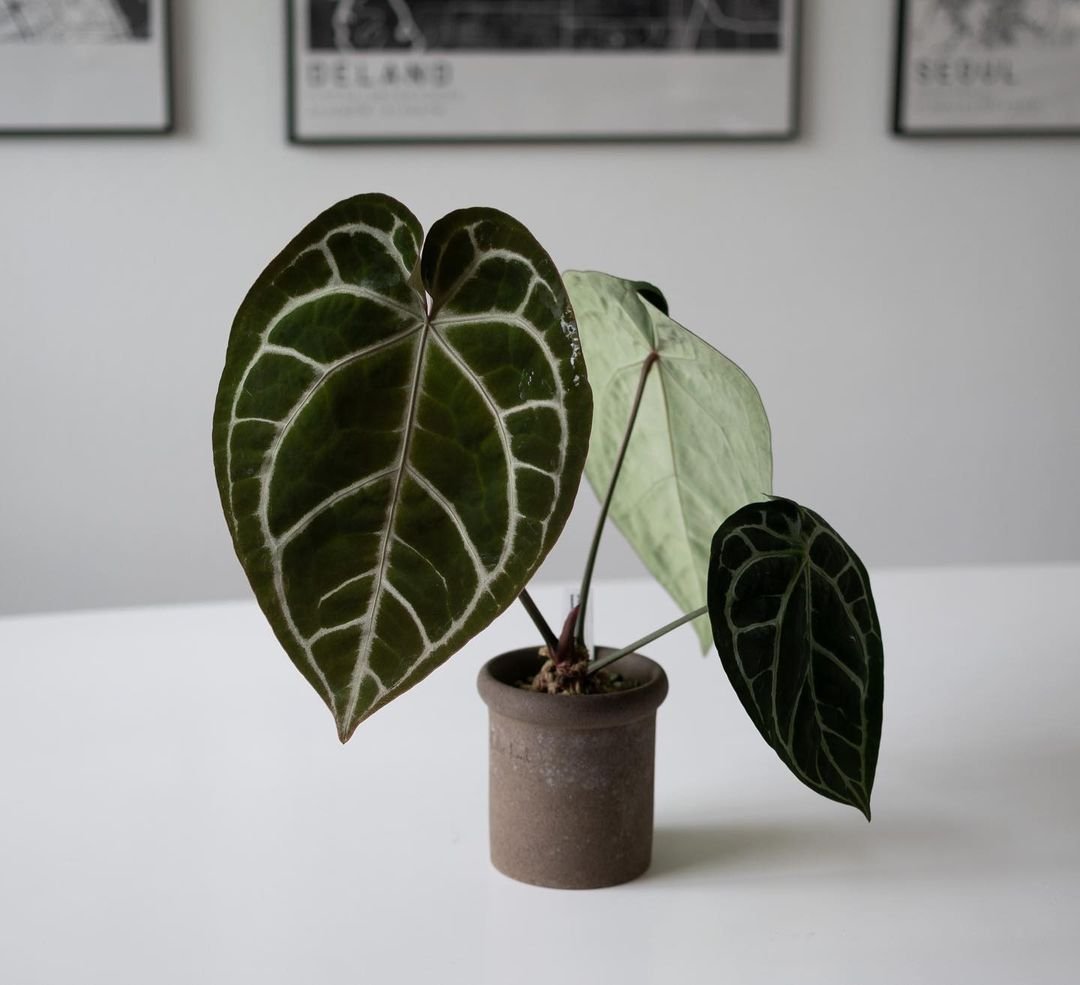
A Tropical Treasure
Before delving into the intricacies of anthurium cultivation, let’s appreciate the unique charm of these remarkable plants. Anthuriums, members of the Araceae family are native to the tropical regions of Central and South America. These epiphytic plants naturally grow on trees or other surfaces, deriving moisture and nutrients from the air and surrounding debris a testament to their adaptability and resilience.
A Kaleidoscope of Varieties
One of the most alluring aspects of anthuriums is their diversity in shape, size and color. From the classic Anthurium andraeanum, featuring vibrant red, pink or white heart-shaped blooms, to the velvety, dark green leaves of the Anthurium crystallinum, adorned with unique crystalline patterns, the variety of options is truly mesmerizing.
Creating the Perfect Tropical Haven
Replicating the Natural Environment
To ensure the success of your anthurium plants, it’s essential to replicate their natural tropical environment as closely as possible. This includes:
Temperature and Humidity
Anthuriums thrive in warm, humid conditions, preferring temperatures between 70°F and 90°F (21°C to 32°C) during the day and slightly cooler temperatures at night. Maintaining high humidity levels around 60% to 70% is crucial for optimal growth and bloom production.
Light Requirements
Bright, indirect sunlight is ideal for anthuriums. Too much direct sun can scorch their delicate leaves, while too little light can inhibit blooming and healthy growth.
Soil Considerations
These epiphytic plants require a well-draining, lightweight potting mix designed specifically for their needs. A mixture of bark, perlite and peat moss is an excellent choice, mimicking their natural growing environment.
Mastering the Art of Anthurium Care
Watering and Fertilizing Techniques
Proper watering and fertilizing techniques are essential for the health and longevity of your anthurium plants. Here’s what you need to know:
Watering Practices
Anthuriums have specific watering needs that differ from many other houseplants. Water your plants when the top inch of soil is dry, avoiding both complete dryness and overwatering, as the latter can lead to root rot. Consistency is key.
Fertilizing Schedule
Use a balanced, water-soluble fertilizer diluted to half-strength every two to four weeks during the growing season (spring and summer). Reduce fertilizing in the winter months to allow your plants a period of rest.
Addressing Common Challenges
Even with proper care, anthuriums may sometimes face certain challenges. Be prepared to tackle these issues with the right approach:
Leaf Discoloration or Drooping
If you notice leaf discoloration or drooping, it could be a sign of improper watering, low humidity or nutrient deficiency. Adjust your watering schedule, increase humidity levels and consider fertilizing if necessary.
Lack of Blooms
Inadequate light, temperature fluctuations or stress can inhibit blooming in your anthurium plants. Ensure they receive the proper light and temperature conditions and avoid transplanting or disturbing them during the blooming season.
Pest Infestations
Anthuriums can be susceptible to pests such as mealybugs, spider mites and thrips. Inspect your plants regularly and treat any infestations promptly with insecticidal soap or neem oil.
Cultivating anthurium plants is a rewarding journey that brings the beauty and tranquility of the tropics into your living space. By following the guidance outlined in this guide, you’ll be well-equipped to create the perfect tropical haven and enjoy the captivating blooms and lush foliage of these exquisite plants. Embrace the challenge of nurturing these exotic beauties and revel in the sense of paradise they bring to your indoor or outdoor oasis.

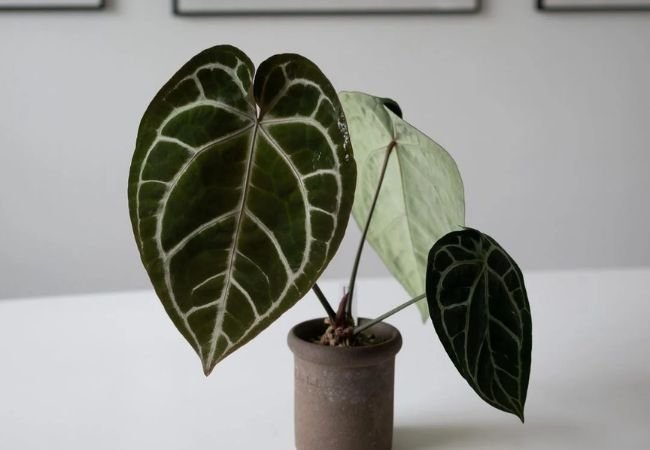
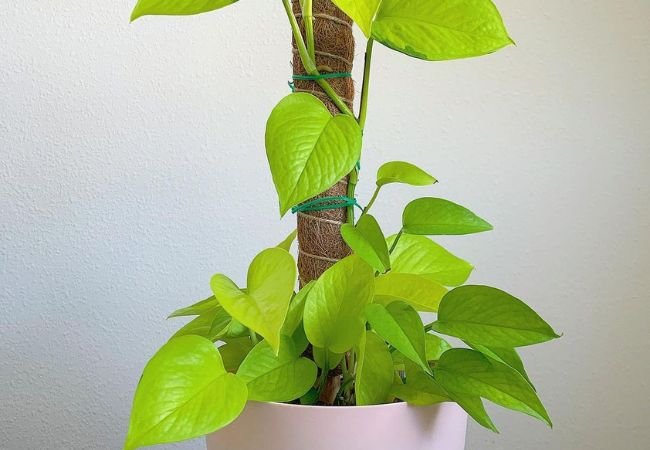
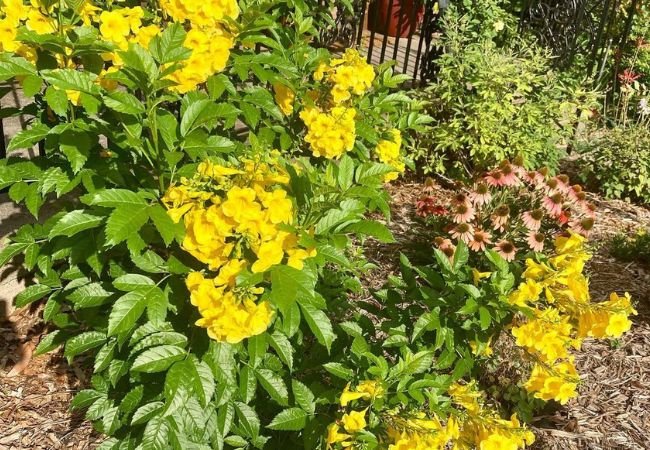
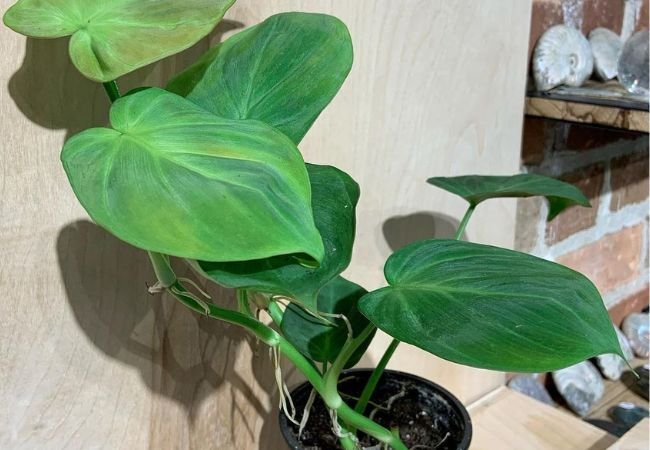
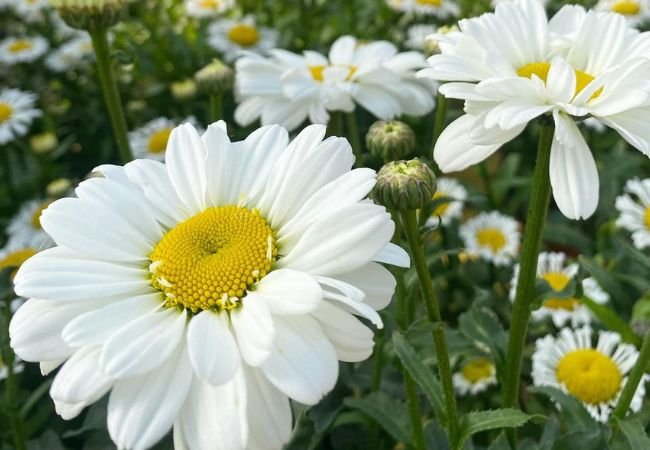
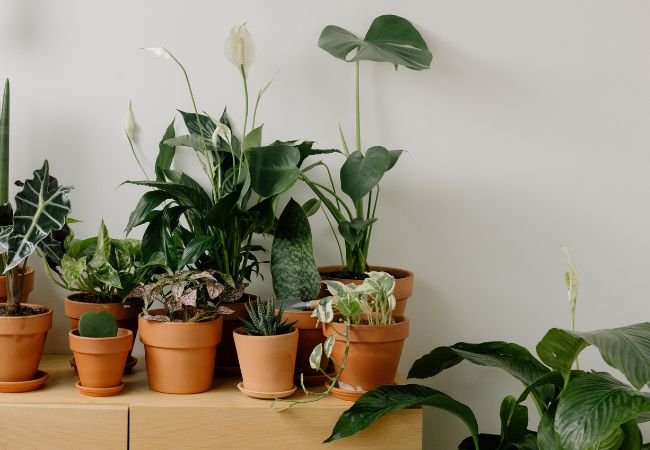
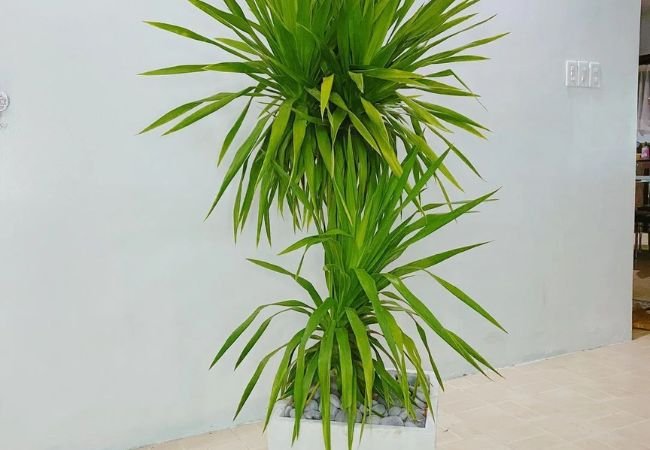
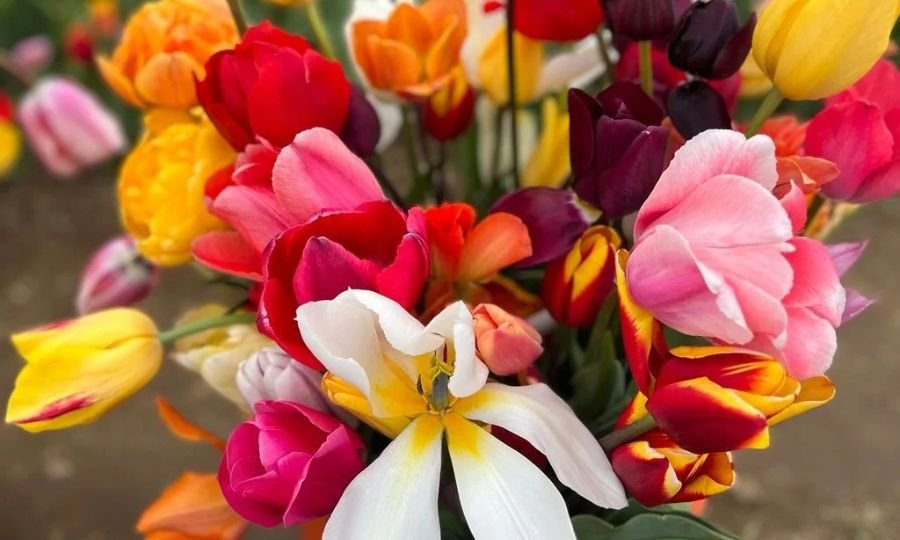
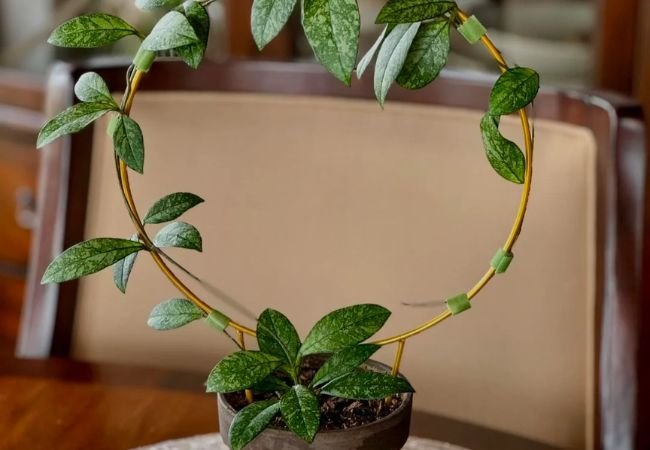
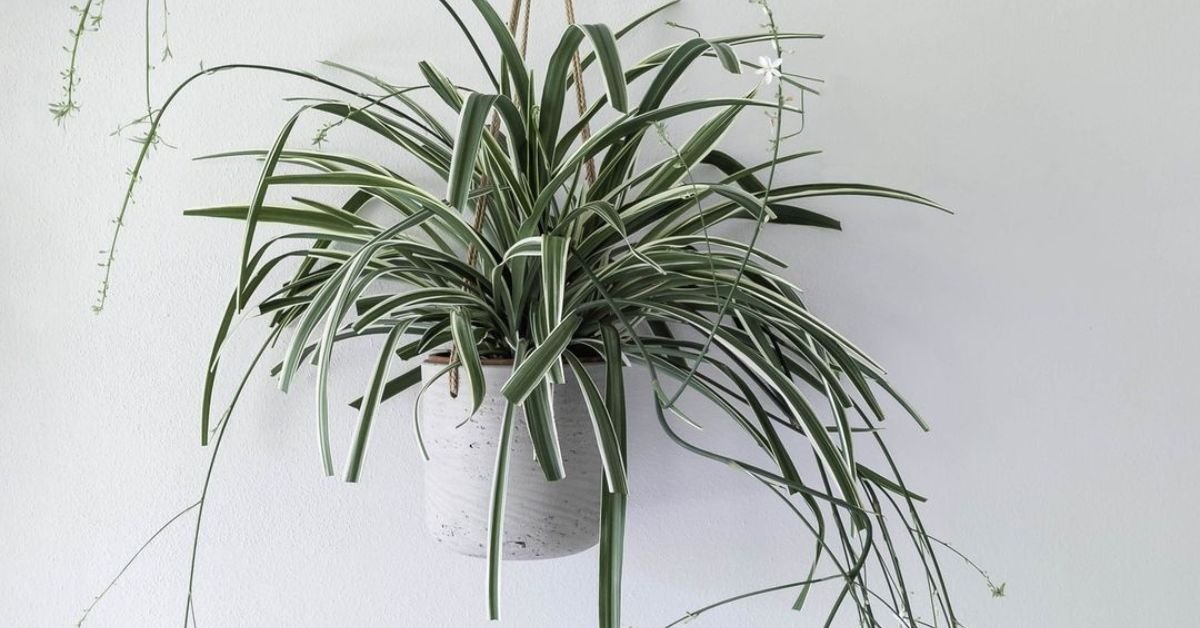
[…] it comes to fertilization, dragon fruit plants benefit from a balanced fertilizer with an equal ratio of nitrogen, phosphorus, and potassium […]
[…] moisture is crucial for tomato plant health and fruit production. Water deeply and regularly, aiming for about 1-2 inches of water per […]
[…] best times to plant yucca plants are in early spring or late summer/early fall once extreme summer heat has passed. […]
[…] Feed tradescantia plants monthly in spring and summer with a balanced houseplant fertilizer diluted to half strength. This […]
[…] into moist potting mix, burying it halfway. Keep the soil moist and in a few weeks, new baby plants should start to emerge from the […]
[…] plants, also known as wax plants or Hindu rope plants, are beloved for their thick, waxy leaves and stunning clusters of star-shaped flowers. Though […]
[…] are truly captivating plants that offer a unique blend of beauty and ease of care. By following the guidelines outlined in this […]
[…] watering, fertilizing and maintenance techniques. With a little patience and care, your begonia plants will thrive, adding a burst of color and life to your surroundings for years to […]
[…] plants apart from walls and use a small fan to keep the air moving around the leaves if needed. Crowding […]
[…] you have the space, you can dig up and transplant your protea plants into a sheltered spot for the winter, such as a cold frame or unheated greenhouse. This removes […]
[…] Erecta is truly a unique and captivating plant that deserves its place as the must-have plant for 2024. Its distinctive appearance, […]
[…] in the spring or early summer, when the plant is actively growing. Avoid pruning in winter, as the plant is […]
[…] a well-draining potting mix designed for indoor plants. Or create your own by mixing 1 part sterile potting soil with 1 part peat moss or coco coir and 1 […]
[…] day for optimal growth and blooming. Choose a location that receives ample sunlight to ensure your plants reach their full […]